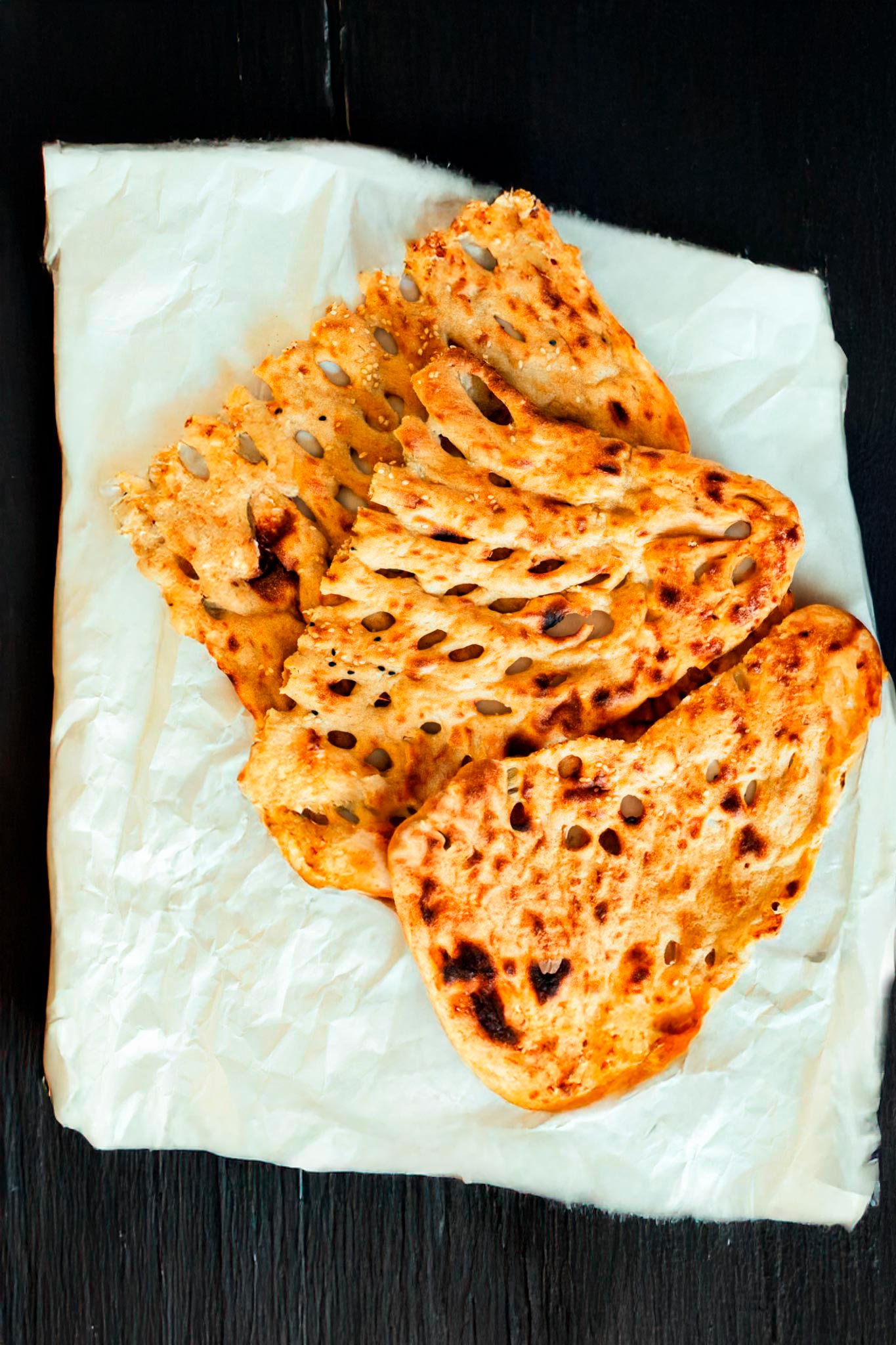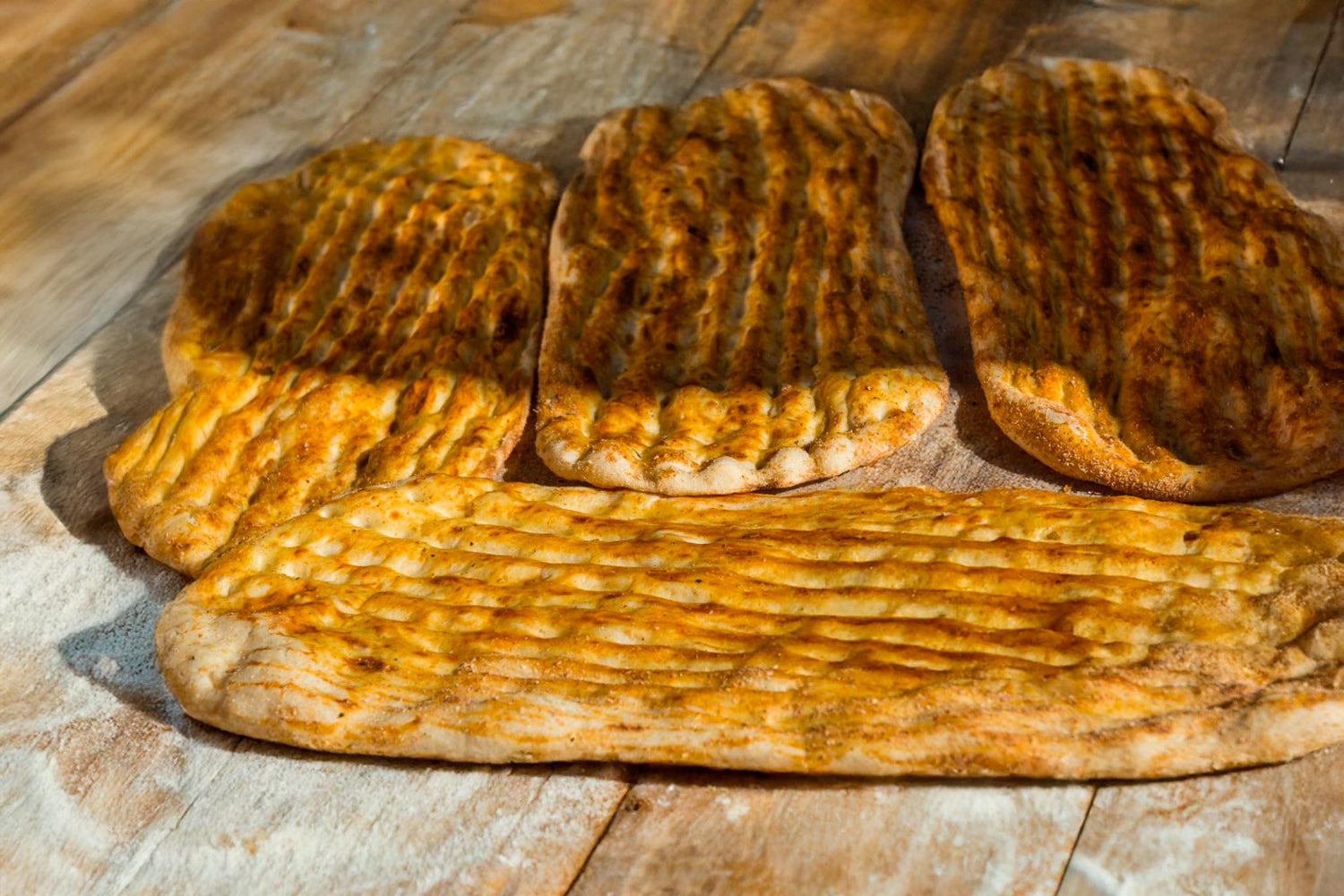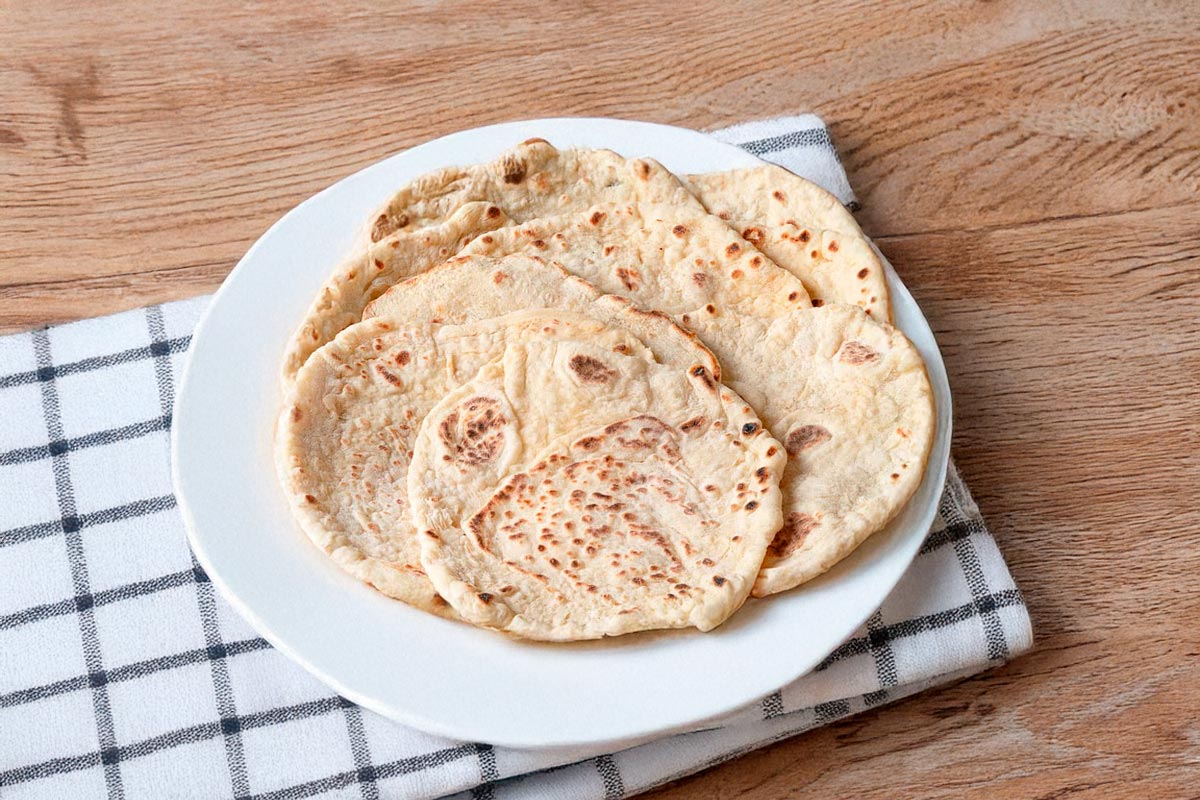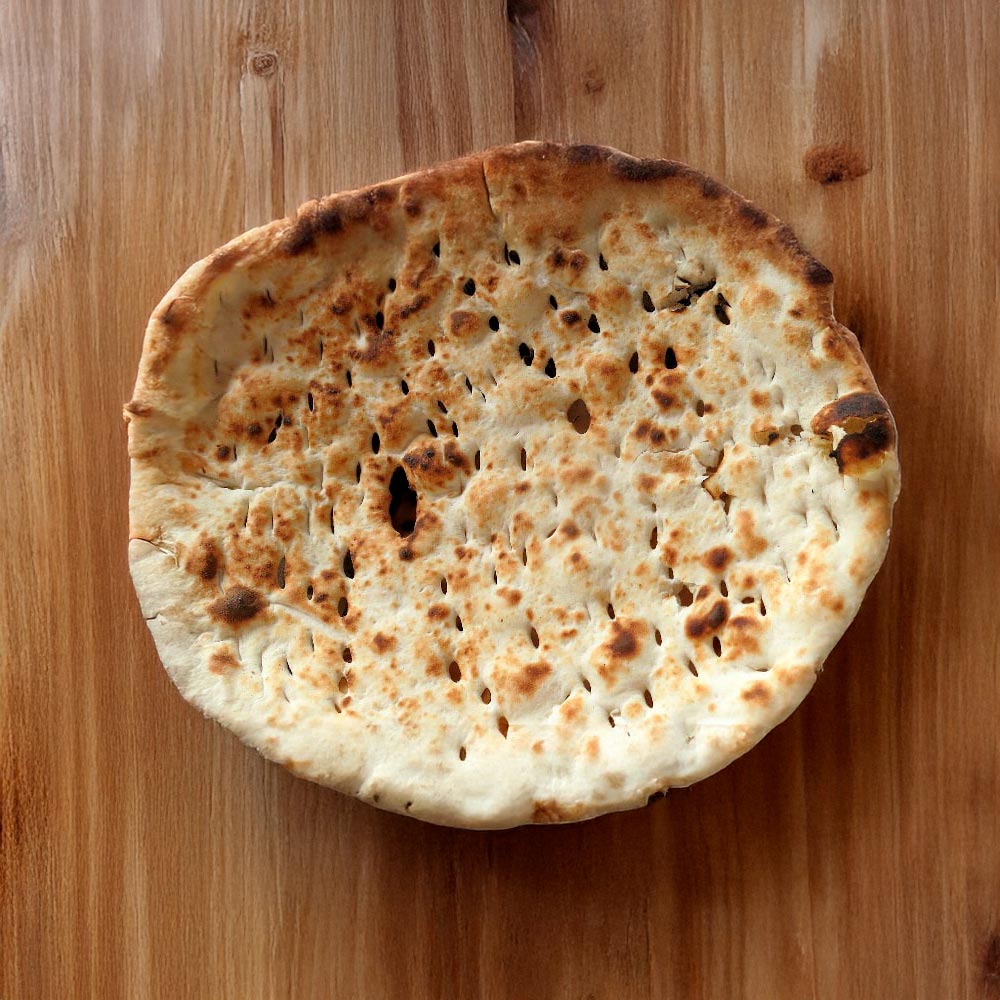The Heart of the Persian Table: A Guide to Traditional Persian Breads
Bread is the backbone of Persian cuisine, an essential component of nearly every meal. Unlike many Western bread varieties, Persian breads are deeply intertwined with tradition, cooked in specialized ovens, and served alongside a wide range of stews, kebabs, and cheeses. In this guide, we explore the four most iconic Persian breads - Sangak, Barbari, Lavash, and Taftoon - each with its own unique texture and purpose. From the stone-baked Sangak to the pillowy Barbari, Persian breads bring flavor, culture, and history to the table.
The Role of Bread in Persian Cuisine
In Iran, bread is not just a side dish - it’s an integral part of the meal. Bread accompanies almost every dish, acting as both a utensil and a canvas for flavors. Persian households often visit their neighborhood bakeries daily to purchase fresh bread, reinforcing the cultural importance of high-quality, handmade bread.
The Four Pillars of Persian Bread
Each type of Persian bread has a unique history, preparation method, and culinary purpose. Here’s a closer look at these iconic breads:

Sangak – The Stone-Baked Masterpiece
Sangak is a long, rectangular bread that is baked on a bed of hot stones, giving it a rustic, crispy texture with pockets of softness. The porous nature of Sangak makes it perfect for soaking up rich stews like Abgoosht (Persian lamb stew). It is also commonly served with feta cheese, walnuts, and fresh herbs for a traditional Persian breakfast.

Barbari – The Thick and Fluffy Favorite
Barbari is a thick, slightly chewy bread with a golden crust brushed with a flour-and-water glaze before baking. Traditionally topped with sesame or nigella seeds, Barbari is an excellent choice for cheese platters, dips, and breakfast spreads. The slight crisp on the outside and fluffy inside make it ideal for a hearty meal accompaniment.

Lavash – The Thin and Versatile Flatbread
Lavash is a thin, soft, and flexible bread that is perfect for wrapping kebabs or creating Persian-style sandwiches. Lavash has been around for centuries and is a staple at both formal and casual Persian meals. It is often served with grilled meats, herbs, and yogurt-based dips.

Taftoon – The Everyday Classic
Taftoon is a lightly leavened bread that falls somewhere between Lavash and Barbari in terms of thickness. Often flavored with saffron or turmeric, Taftoon pairs well with kebabs, stews, and grilled vegetables. It is commonly found in Persian homes due to its soft texture and mild flavor, making it a versatile option for all meals.
The Art of Baking Persian Bread
The process of making Persian bread is an art passed down through generations. Traditional bakeries, known as nanvaii, use massive clay ovens (tanoor) or stone ovens to bake bread fresh throughout the day. Bakers shape the dough by hand, stretching and layering it before expertly baking it in high heat. This method gives Persian bread its signature texture and taste, making it one of the defining elements of Persian cuisine.
Pairing Persian Bread with Classic Dishes
Persian bread pairs well with almost any Persian dish. Here are some classic combinations:
- Sangak with Khoresht (Persian stews) – The bread’s texture absorbs the rich flavors perfectly.
- Barbari with Panir (Persian feta cheese) and fresh herbs – A simple yet delicious breakfast or snack.
- Lavash with Kebab Koobideh – The thin, flexible bread makes it ideal for wrapping juicy grilled meats.
- Taftoon with Masto-Khiar (yogurt and cucumber dip) – A refreshing, light pairing for any meal.
Persian bread is more than just a food staple - it’s a cultural symbol of hospitality, craftsmanship, and culinary excellence. Whether you’re enjoying the rustic texture of Sangak, the pillowy softness of Barbari, or the versatility of Lavash and Taftoon, Persian bread plays an irreplaceable role in every meal. Next time you sit down to enjoy Persian cuisine, take a moment to appreciate the artistry and tradition behind the bread on your table.

